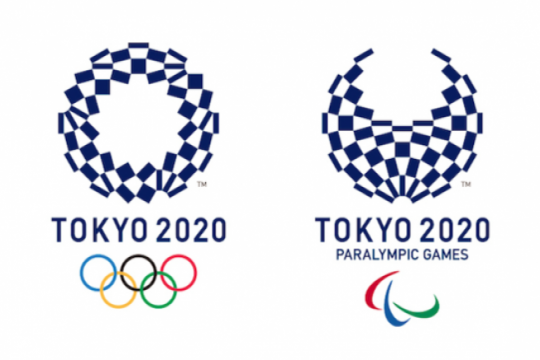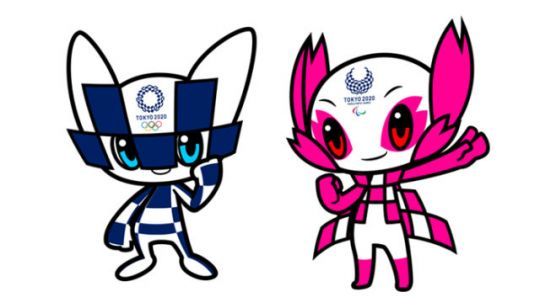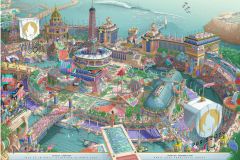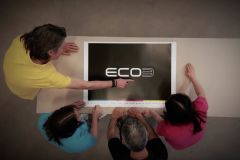The logo
The first logo chosen for the Tokyo-2020 Olympic Games had been flunked in September 2015 for plagiarism.
Following this incident, the organizing committee organized a contest that resulted in nearly 15,000 proposals. The instructions were to be inspired by the "Tokyo 2020 Vision" based on seven ideas: the power of sport, Japan and Tokyo, world peace, surpassing oneself, unity and integration, innovation, reconstruction and the ability to rise. The logo created by Japanese designer Asao Tokolo was chosen.
Composed of an indigo blue checkerboard pattern, a traditional Japanese color also known as Japanese blue, this proposal mixes three shapes of rectangles and aims to carry the message of "unity in diversity". The 45 squares represent the different countries and cultures that meet during this sporting event. The Paralympic Games logo follows the same theme, but leaves the ring open.

The mascots
The Japanese culturally attach great importance to mascots, which can represent a city, a company, or an event. They can be found all over the country and some of them are real stars, with several million followers on social networks.
Like the logos, the mascots of the Olympic Games were selected in a contest. Japanese schoolchildren voted. They chose Miraitowa, which means future (mirai) and eternity (towa), and Someity, a neologism invented from Somei yoshino (a variety of cherry blossoms) and so mighty (which means power in English). The pair of mascots represent the Olympic Games and the Paralympic Games. They were created by Ryo Taniguchi, a graphic designer from Fukuoka, in the south of Japan.

The pictograms
The official sports pictograms of the Olympic Games are used in various fields: signage at the competition venues, decoration in the Japanese capital, licensed products, posters, tickets, guides, etc. They were created by the Japanese designer Masaaki Hiromura and are inspired by the 1964 Tokyo Olympic Games, date of the first edition of the Games where pictograms were used. The 50 drawings were made by a team of designers who worked two years on the project.









